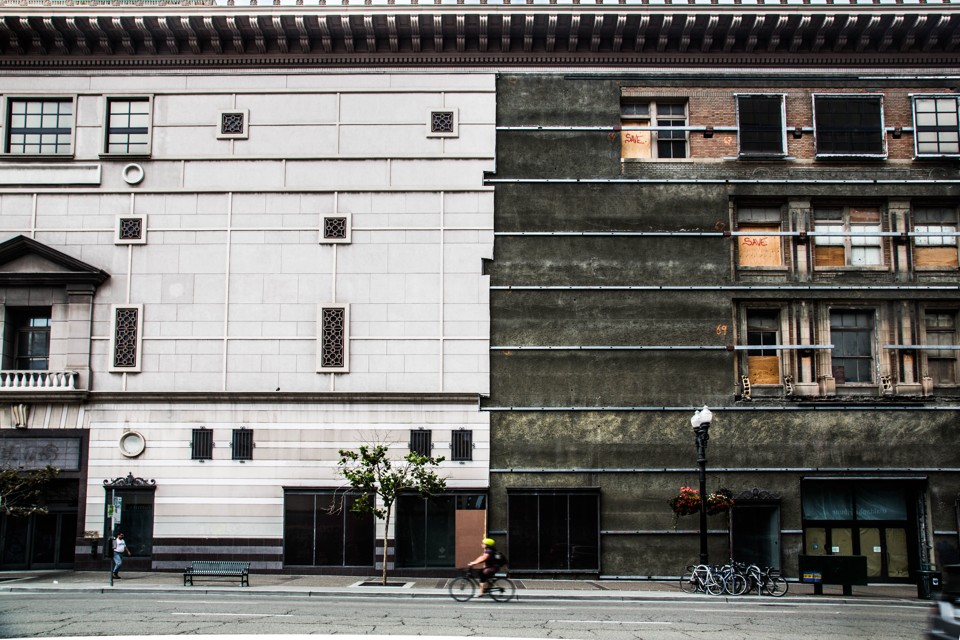Gentrification has been widely debated in the United States lately, as long-time residents of neighborhoods are being priced out by wealthier residents who flow back into these areas, and minority groups are said to be affected the most.
A review done by researchers at the University of California Berkeley and UCLA, published by the Federal Reserve of San Francisco, looks closely at studies of gentrification and displacement conducted over the past several decades.
It sheds light on the many questions regarding the processes of gentrification and displacement: how extensive is displacement, what kinds of people are displaced, how people and groups fare after leaving gentrifying neighborhoods.
A complicated link
While we might imagine that neighborhood income would accurately predict household exit rates, a study in 2011 found that age, minority status, selective entry and exit, and renting were more significant in predicting outmigration.
Lance Freeman at Columbia University has found that gentrifying neighborhoods were more racially diverse as well as more diverse in terms of income and education.
In fact, a 2010 study found that the impact of gentrification on black residents varies based on their level of education – it benefits highly educated black households and it does have a negative effect for black households with a lower level of education, often pushing them out of the neighborhood.
Neighborhoods where gentrification occurs can be seen as being ‘good enough’ to attract new people and investments – this may mean that a gentrification-prone area generally won’t contain very many poor households, but instead have many working class households that could even benefit from gentrification instead of being displaced by it.
Studies done between the 1980s and the 2000s have widely varying results. Some show that housing turnover is higher in gentrifying neighborhoods, while others find that disadvantaged households in gentrifying areas are less likely to move than those in non-gentrifying neighborhoods.

In the places where gentrification is happening at a feverish pace, like New York, San Francisco, Seattle, Boston or Washington D.C., there is a stronger link with displacement, according to UC Berkeley researcher Tanvi Misrsa.
These knowledge hubs have ‘superstar’ status and there is a lot of pressure for urban living as they attract new businesses, highly skilled workers, major developers and large corporations, all driving up demand and cost of housing.
Local residents may feel pressured to move to more affordable locations, particularly at a time when real estate prices are surging toward all-time highs in these cities.
Non-gentrifying neighborhoods: growing poorer
While gentrification is indeed an issue that needs to be addressed and its consequences carefully measured, attention also needs to be given to places that are untouched by this process, but where concentrated poverty persists and deepens.
A 2014 study found that for every gentrified neighborhood across 51 U.S. metro areas, 10 others remained poor and 12 formerly stable neighborhoods fell into concentrated disadvantage; another study showed that gentrification continues for neighborhoods with over 35% white residents, while it slows or even stops if the neighborhood is over 40% black.
Gentrification and displacement can be seen as symptoms of the scarcity of quality urbanism, and so this points to a crucial task for the near future: creating more inclusive cities that can meet the needs of all people.
Source: citylab.com
Photos: theatlantic.com; brownstoner.com







